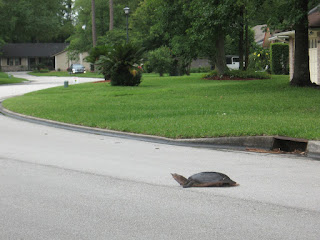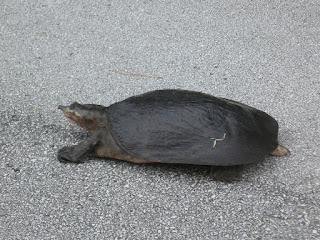 In this reflective end of the year time, we will look back today. Several months ago, I posted some of my personal favorites among older paintings and will continue that theme today. Since painting is relatively new in my life, the "oldies" don't go very far back. However, it feels as though I have learned and grown significantly in the last 3 or 4 years and (although others may not notice a dramatic difference) can see improved elements in some more recent work. Of course, art works always have a mind of their own, so that unexpected results--for good or ill--can come along anytime. The process, the journey, and the sheer scary fun of trying are worth the ride no matter how various pieces turn out. I never fail to learn from every painting session.
In this reflective end of the year time, we will look back today. Several months ago, I posted some of my personal favorites among older paintings and will continue that theme today. Since painting is relatively new in my life, the "oldies" don't go very far back. However, it feels as though I have learned and grown significantly in the last 3 or 4 years and (although others may not notice a dramatic difference) can see improved elements in some more recent work. Of course, art works always have a mind of their own, so that unexpected results--for good or ill--can come along anytime. The process, the journey, and the sheer scary fun of trying are worth the ride no matter how various pieces turn out. I never fail to learn from every painting session.
I won't repeat the background and reflections from the earlier favorites post. However, one insight from my mentor Linda Blondheim is worth recounting today. I once told her that a painting teacher had said to us students that she was sometimes ashamed of her early work and didn't like to think of the pieces people had bought back then still being on display. Linda agreed with me that the artist's feelings seemed sad and shared her own outlook. Of course, Linda has learned a great deal and grown as an artist over the years, but every time she has painted, she did the very best she could at the time. So, she is pleased if those works were appealing to buyers--or even if not--and truly values each of them. A healthy, motivating outlook, I think.
The earliest of these three pieces is the 18" x 24" vertical creek view with the egret seen above. As the piece developed, I liked the fantasy feeling of the under painting in the streaky water and not-quite-realistic trees, so kept that aspect intact and called it "Creek Bend Fantasy". The second is the largest piece I have made so far, on a 22" x 28" canvas, called "Serenity"--also showing a creek bend where it pools. Both have garnered fans and favorable comments over several shows and in shops. The third painting, an 18" x 24" work called "Hanna Park Heron" sold at the very first Open Studio Reception in our home to friends who treasure it as a reminder both of many years of happy family outings in North Florida's Hanna Park and as a tribute to the majestic great blue heron who frequents the large pond behind their house. Descriptions of the process of creation for each piece and other details are in earlier posts; simply click on the links if interested.
Thank you, dear readers, for your patience with my uneven posting schedule in recent months; I am recovering very well from hip replacement surgery and hope for more conversation with you in 2013. That partly depends on circumstances beyond my control; i.e., ME and my love for procrastination. I will do (some version of) my best :>).
May all of you enjoy a hopeful, peaceful Christmas and a joy-filled New Year.
Question of the day: Are you able to manage Linda Blondheim's positive, encouraging view of your past efforts?





























































